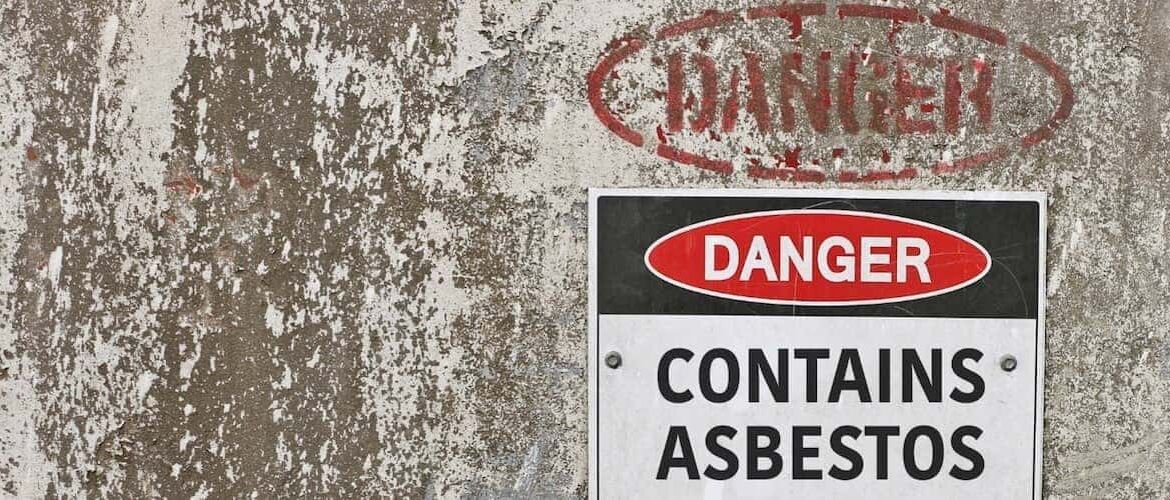
Every day a young father would return home from his construction job and hang up his coat. During many autumns and winters, his daughter loved to wrap herself in it before going outside. Flash forward thirty years later, and doctors diagnose father and daughter with mesothelioma.
The cause? Dad exposed his daughter to the asbestos fibers embedded in his jacket.
In the end, she suffered the loss of one lung and the death of her father. She is a rare ten-year mesothelioma survivor, but many die within twelve months.
Unfortunately, almost 40,000 people still die from asbestos every year.
Asbestos testing is the only way to ensure your home or business is free from exposure. Allow us to show you the importance of testing, so you can ensure you are safe from this dangerous, and overlooked, killer.
What is Asbestos and Why is it Dangerous?
Asbestos is a naturally occurring heat and corrosion-resistant mineral. Ancient Grecians spun asbestos into fibers and used them for textiles they wanted to last. Temple priests also added asbestos fibers to candle wicks to ensure a slow burn.
Those properties made it an industrial powerhouse.
While use was winding down in the UK due to a 1940 ban, it started booming in the US after WWII. The broad range of applications included brake pads to cosmetics. Asbestos was also often used to create fire-resistant clothing for firefighters.
Today the EPA and OSHA recognize asbestos as a carcinogen, and it remains the number one cause of work-related deaths worldwide. Asbestos-related diseases are insidious and slow-moving, making it impossible to detect immediate exposure.
As a result, sixty countries have banned asbestos outright. Although the EPA placed a ban on new asbestos applications, it did not restrict existing uses.
When inhaled, asbestos fibers attach to and scar the lung’s lining. Over decades, people exposed to asbestos suffer from difficulty breathing and fatigue. Other symptoms include muscle pain and fever.
Those who have inhaled asbestos fibers are at risk of developing the rare form of cancer, mesothelioma, as well as lung cancer, and asbestosis.
When is Asbestos Testing Needed?
Anytime something containing asbestos is agitated, it releases airborne asbestos fibers. This occurs most often during construction in old buildings. Unfortunately, there is no way to mitigate the risk of exposure when asbestos is present.
As a result, you should complete asbestos testing before starting any construction projects. If testing is not conducted, you risk needlessly halting the project for removal when experts should have done so beforehand.
Old homes are also common points of exposure. One way is children playing in dusty old attics kicking up dormant asbestos fibers. Old plumbing is another common contributor. The everyday risk is why professionals must assess homes constructed before or during the 1980s for asbestos.
A professional might conduct a mold inspection, lead paint test, and asbestos testing during air quality testing. The testing that occurs depends on the history and needs of each building.
Air Quality Matters
The air you breathe should be safe and free from contaminants.
Asbestos testing is one way to ensure that the people around you aren’t exposed to carcinogens. However, there are other health-impacting contaminants. Mold, volatile organic compounds (VOCs), and fungal spores are only a few.
Unfortunately, these air impurities are invisible to the naked eye. This is why it’s essential to hire licensed experts like D’Pure to detect and remediate any air quality threats in your home or business. We are one of the leaders in air quality testing and solutions in the Florida Panhandle.
Contact us today to see how we can start you on your journey to a healthier environment.

